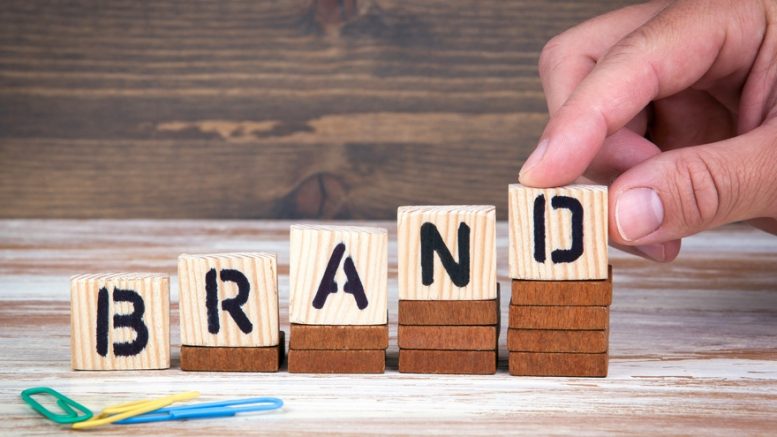How often corporate communicators find themselves in an unpromising situation of not being able to communicate in time over a crisis situation that may have arrived in their businesses? With businesses running at the Internet speed and so are all of their stakeholders interacting and exchanging information in virtually real-time, chances are high that even a little most delay in turnaround time can cost dearly for any brand.
We are living in times of instant spread of information. In a matter of hours, if there’s a crisis, the information spreads like a wildfire across the world. Any crisis emerges very fast in the digital age and has the potential to damage the reputation severely, if not contained in time. Whether they are under-deliveries of products and services or consumer complaints or some scandals, in the age of breaking news every minute they travel very fast.
The information age and ubiquitous presence of social media have democratised the dissemination of information, which now spreads in a cascading manner, whether negative or positive. In an instant, the news is broadcast to the large size of the audience and there is a flood of views, counter-views, opinions, questions, grouses and debates and discussions.
Brand communicators face the toughest challenge to put out factually correct information, within time. In today’s time the biggest fight of brand communicators to prevent the creation of information vacuum in bringing their side of the story. If they fail here, the bad news is already out in the market and millions would have already formed the wrong perception based on the misinformation available to believe easily.
Organisations need to be prepared well for expected crisis situations, wherein a proper flow of information needs to be established and thereafter controlled dissemination of such information to internal and external stakeholders.
It’s not just a crisis but there are umpteen situations that come in the life of a brand communicator, which call for a speedier response from the communications team. It could be the launch of a new variant of a product, which was announced sometime back, and the customer may be in a hurry to know more about it. While the company might have already announced the product being made available soon, they haven’t still put out features and benefits of the same. This can lead to an information vacuum among the customers as they will not be in a situation to make a well-informed decision.
In the event of lack of such information available and creation of an information vacuum, consumers can easily be swayed away by the competing brands and break the chain of the loyalty of many years, something a brand must have built painstakingly too. So, it is how fast you respond to any situation can work either way for you. On one hand, it can continue to tarnish the brand image and misinformation can continue to be on a rampage, if not addressed in time. On another hand, transparent, planned and well-meaning communication for the brand and its audience goes a long way in providing a much-required boost to any brand.
For example, if you are really assessing the situation, it is even better to reach out to the audience and say that you are assessing the situation and will revert at the earliest instead of saying ‘no comments.’ You can then follow it up with proper communication soonest possible, as this will only strengthen the brand’s relationship with its audience.
While it is important for brands to take responsibility, be accountable and transparent, they also need to be ahead of the story. It is important to get your grip on the situation, understand and expect the backlash that may be triggered through social media and start reacting to it in the shortest possible time to avert further carnage.
Brand communicators need to establish a human connection with any issue that the brand is facing in a really short period of time and that’s where the key to successful image-building of any brand lies!
The views and opinions published here belong to the author and do not necessarily reflect the views and opinions of the publisher.



Be the first to comment on "Can the speed of response in corporate communications facilitate brand building?"